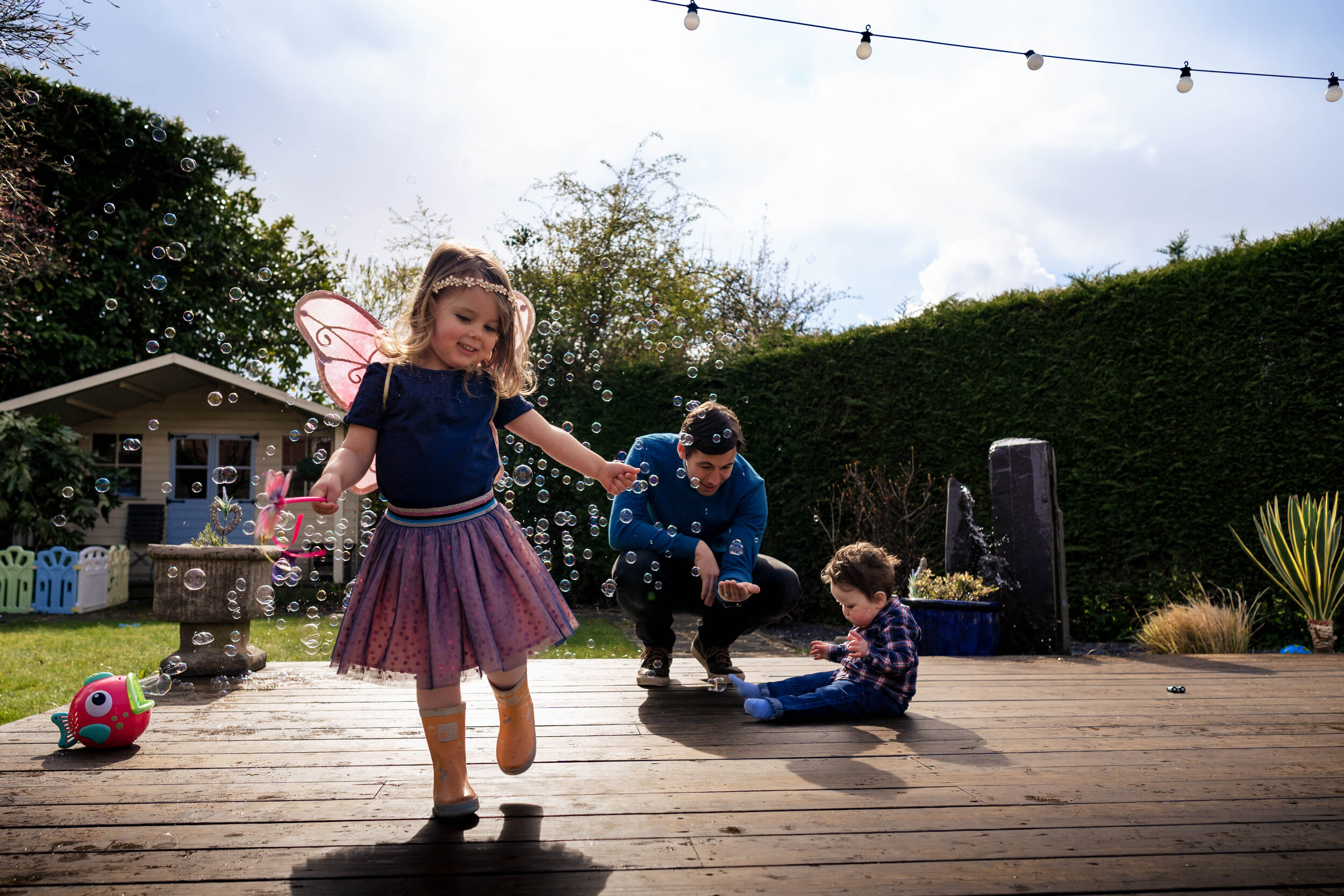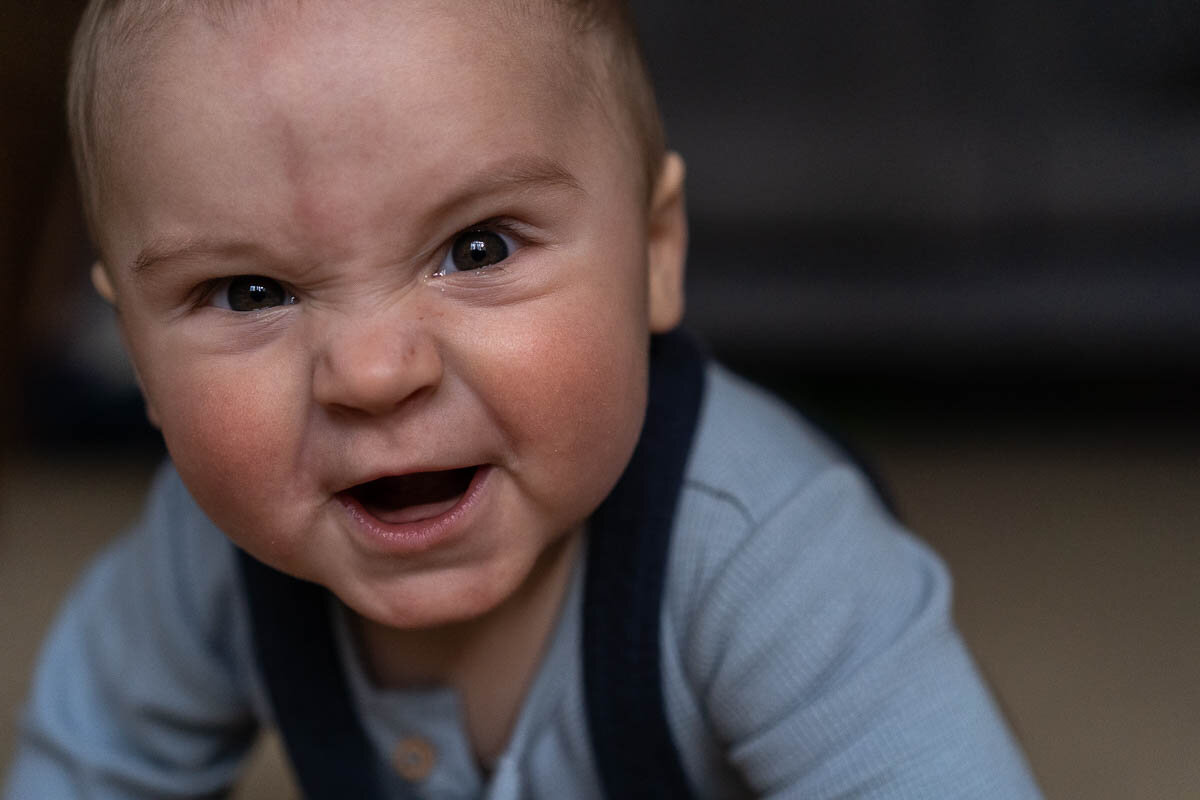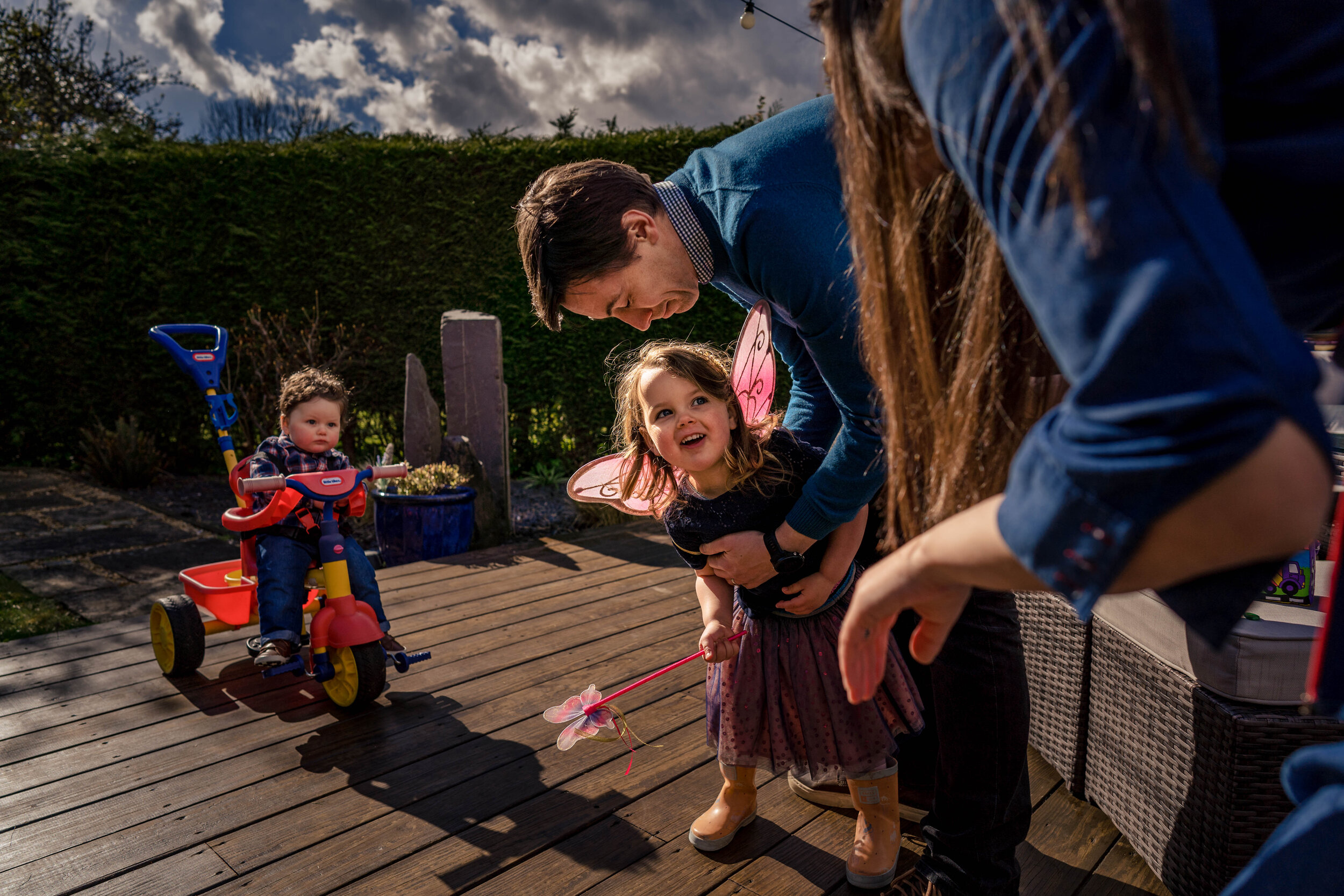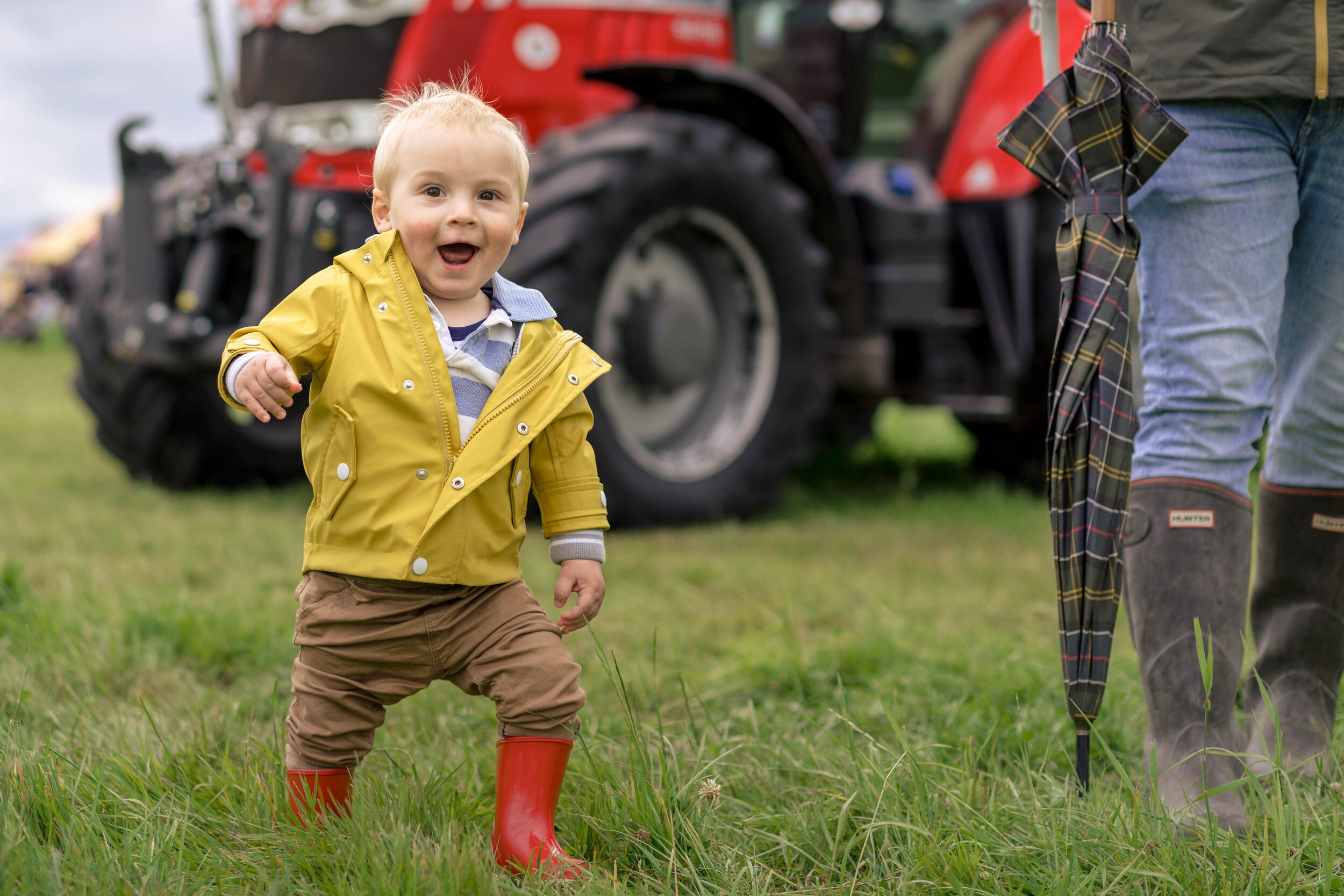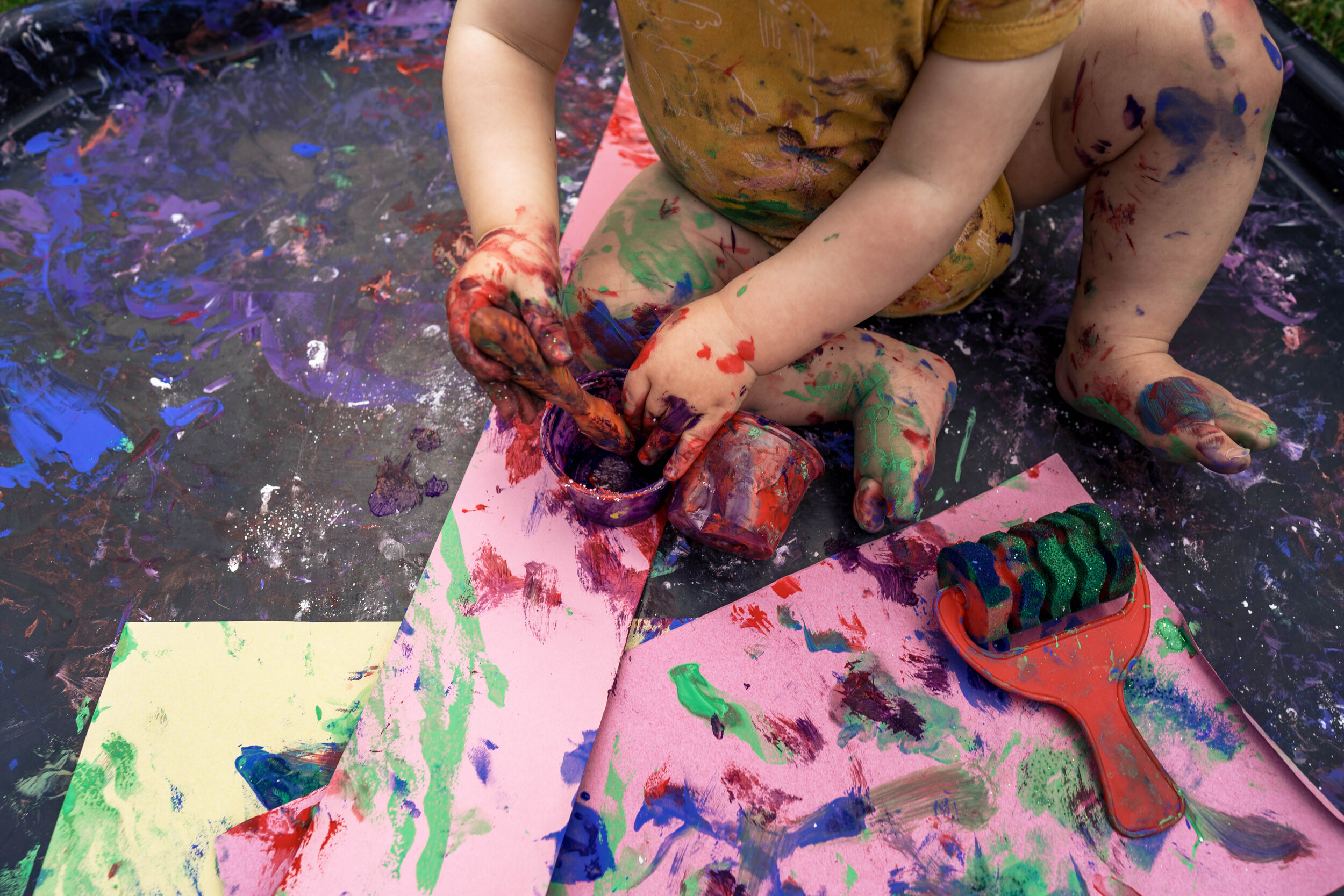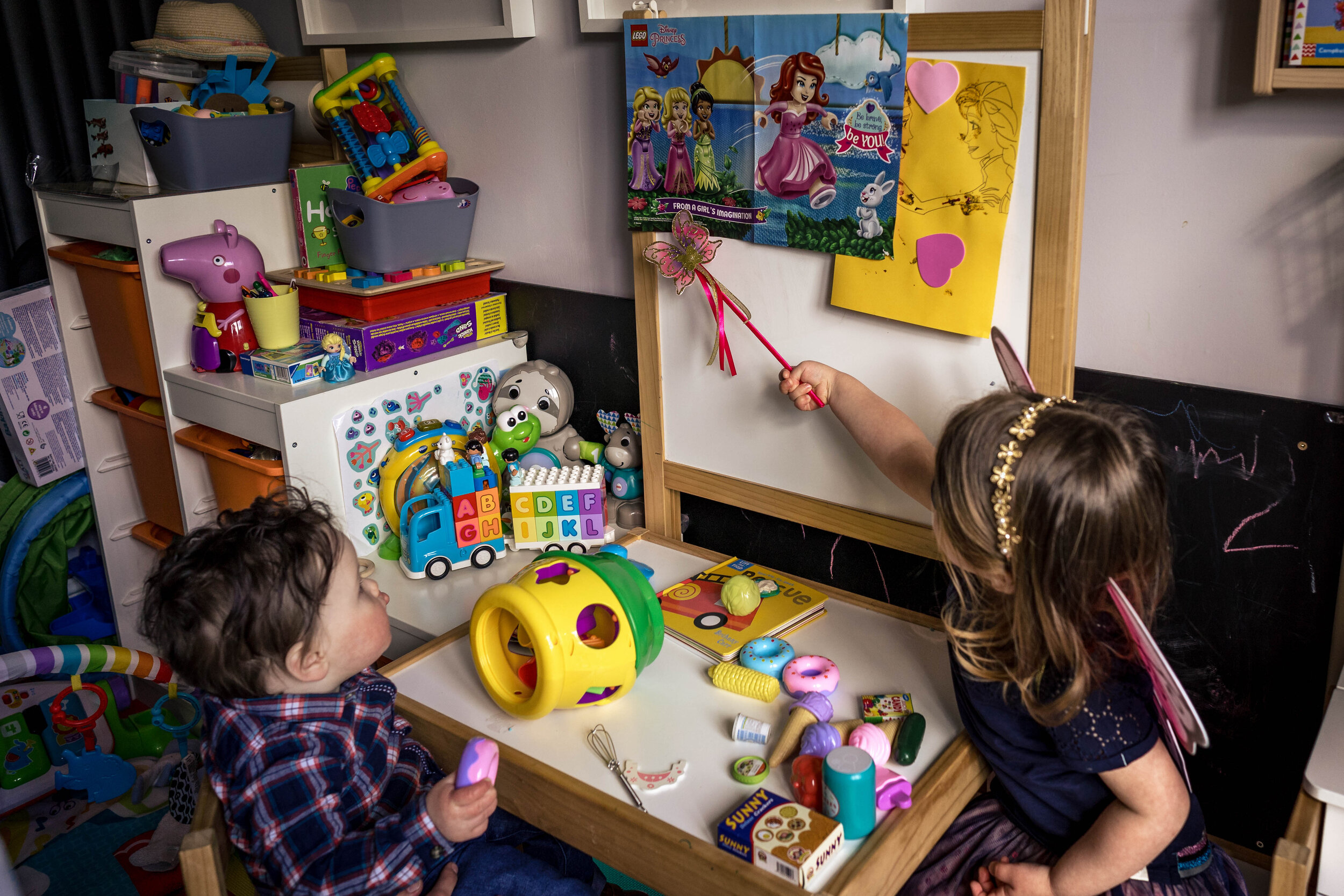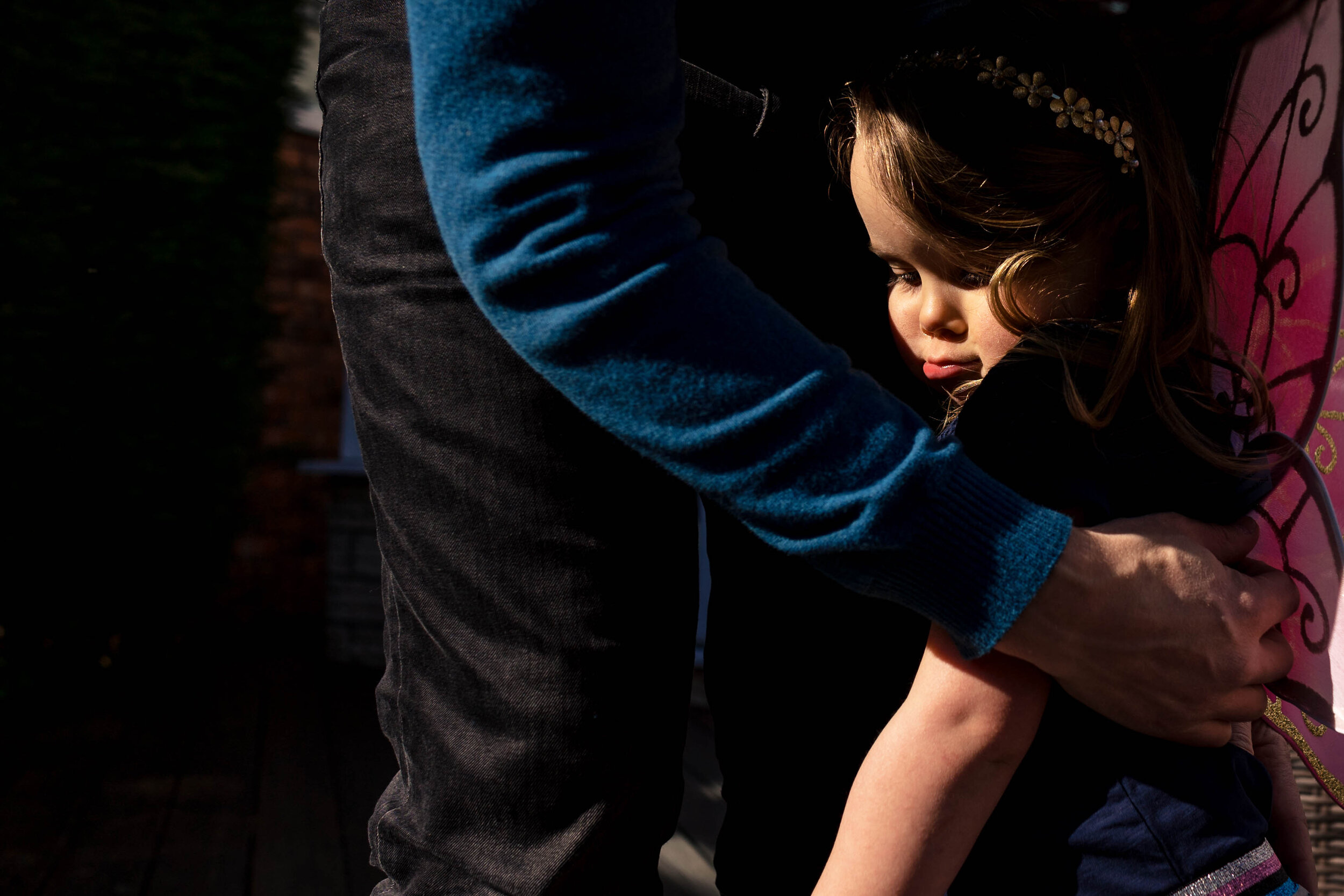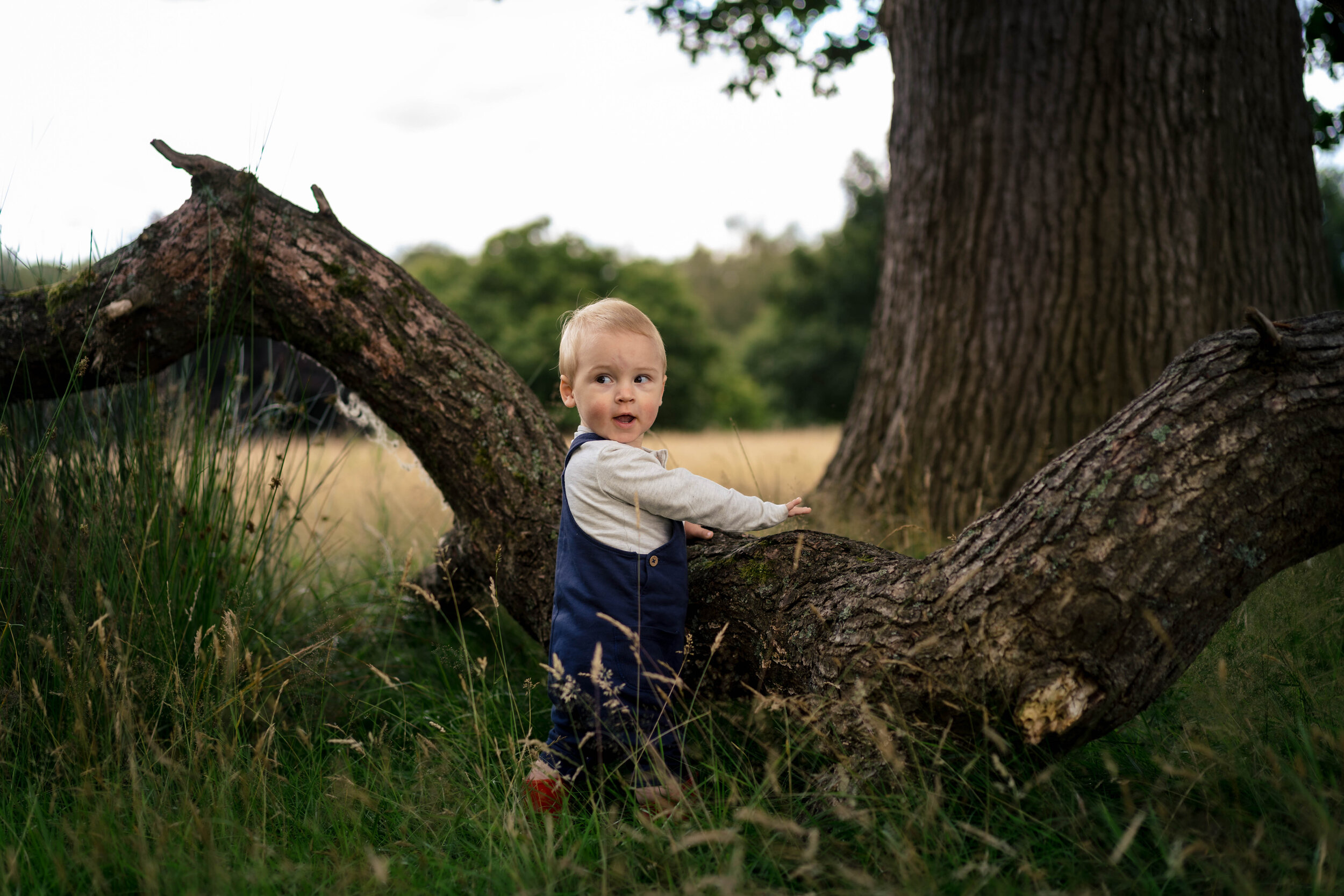
Six tips for taking natural photos of your kids
Have you ever found yourself saying “Hold right there” or “can you do that again” only to be greeted with those fake hurry up mum smiles? It’s so frustrating isn’t it. You want to capture that genuine emotion, the full face smiles, the sparkling eyes but instead the magic of that moment just fades right before your eyes and definitely before you have your camera in your hand.
Sometimes the magic last a little bit longer and gives you a chance to reach for your camera, but does it give you a chance to check your setting and compose your shot to make it as impactful as it could be?
If you want to increase your chances of documenting genuine emotion in your images, the stuff that makes your heart sing, read on for my top 6 tips.
Short of time (mum life and all that) head to the bottom or click this link to download my handy summary.
A bite size guide; If you want the full blog in all its glory, also is a fully downloadable format just drop me an email. It’s ready and waiting to go.
INTRESTED IN A SERIES OF GUIDES? Let me know on my insta.
Where’s the Magic at?
For me the magic is so very often in all of those fleeting moments, the seconds following a silly comment or during the initial screech of excitement. Don’t get me wrong the stuff that happens minutes after is darn good as well but those split seconds leading up to or just after a moment are just pure gold! The raise of an eyebrow or a glint of a dimple just before the flash of a cheeky smile. Even the adorable roll of a bottom lip, just before a full blown cry makes my heart burst. It’s these things that I want to document and be able to look back on long after they have stopped happening.
Me too! So how do we do it?
Firstly and this can be a hard one, anticipate the moment but that can be a tricky thing to do! The reason that at times this can be hard is that the very thing that makes some of these moments special is the spontaneity of them, so by their very nature it’s just tricky to predict when they might occur. So what can we do to give us the best chance of documenting these moments?
Spontaneous; adjective
Performed or occurring as a result of a sudden impulse or inclination and without premeditation or external stimulus.
1. Keep your camera ready
Ok so this may seems obvious but my absolute top tip is, keep your camera ready. This is much easier in the age of the smart phone as most of us will have our portable pocket cameras to hand and you can take some awesome shots with that. But if you do have an alternative camera, a “big camera” if you will, you may also want check the following.
Firstly make sure the batteries are charged, the memory card is empty and it’s not in a box tucked away in a draw, as tidy as that is! And when you do manage to grab your camera in time the last thing you want is realise there’s no power or your card’s full.
Next, and I’m assuming that you are shooting either manually or semi manual, which I would recommend (but that’s a whole subject in itself, let me know if you would like more info on this and feel free to skip to point 2 if shooting in Auto is more you bag), always leave your camera with your preferred settings. The specific setting will vary, depending on the type of things you like to shoot, the location you most often find yourself in and also your own unique style. But once you identified your “go to settings”, inputting them in your camera ahead of time cuts down the time it takes to set your camera up while that precious moment is happening in front of you.
Many of us will predominantly shoot in a certain location or type of light. Try and identify what locations and light you prefer to shoot in and pick settings that would suit those conditions, your own “go to setting”.
For example (excluding client work) I predominantly take pictures of my son, in our well-lit lounge therefore my go to settings are ISO 400, Aperture f3.2 and Shutter Speed 200, this is based on the likelihood that I will shoot indoors, in a relatively well-lit room and my subject will be moving.
By having your “go to settings” already in your camera you will be ready for those ‘normal’ lighting conditions but if you do find yourself in wildly different conditions you will be familiar with the normal settings and therefore what changes need to be made to adjust to the new conditions and increase your chances of catching the moment.
2. Know your subjects
If you are shooting your own kids this may be easier for you, you will know their unique quirks, what they tend to do and can more readily anticipate how they might act. If you are shooting other people’s children, or friends and relatives, recognising traits of certain age groups will help massively.
For example; Babies LOVE repetition, noises and physical sensations, get your camera ready and make some noise. With toddlers let them lead, the will of a toddler is the strongest thing known to man and in my experience attempting to influence this can lead to gigantic melt downs. Pre schoolers love the toilet humour and general silliness and as they get old kids become more self conscious and timid. Obviously this is generalised you might have a very timid toddler or a super confident teen.
Watch this space an article on shooting different age groups coming soon
3. Embrace the mess
This is a fun one, embrace the mess. Nothing heightens emotions more than when you think you shouldn’t be doing something and kids are no different. When kids are allowed to, or even encouraged to make a bit of mess, it often creates some sort of hysteria and excitement amongst our little sidekicks. I can already feel you all panicking. I don’t mean you have to let them draw on your walls or do anything too radical. It might be enough to allow your kids to jump on the bed (acting out 5 little monkeys is a good one) or to play in a bucket of water outside. Whatever it is make it fun, create a sense of adventure or discovery and get that camera ready.
Article of some of my top messy play ideas coming soon
4. Be a fly on the Wall
Set up an activity and observe. The added benefit with this is that you can pick the location making sure it’s in an area of nice light. You can even make sure the background is free from distractions. Kids get so easily burned out when a camera is pushed in their face they even start acting up to it (or if they are anything like Ethan they are clambering over you trying to get in on the action and generally smearing their little fingers all over your lens). So by setting up play and letting the kids become absorbed in their own make believe before you even touch your camera is a great way to get some fantastic images of your little ones interacting with the world around them in their own unique way.
You may find that you don’t need to even set up the play, you can just let this occur naturally while you are busy doing something else. I find that it’s often nice to catch some wider angles to show the full setting, you can try shooting through an open door or from across the room. My top tip for this would be if you can turn your camera on silent so the sound of the shutter doesn’t distract from the play then you are on to a winner.
5. Let emotions play out
This can require patience sometimes but if your little one is tired or upset, let them be tired or upset. Bribing them to have fun or to have their photo taken is never going to produce the result you want. If it’s a tantrum let them get it out of their system, they will often forget about it quicker than we will and will be back playing in no time. In the meantime don’t be afraid to document a tear stained face and remember to be there for the cuddles afterwards, either to enjoy them or capture them on camera.
6. Be part of it!
We only tend to laugh out loud when we have someone to laugh with and once we get going it can be infectious. Connection is everything, be part of the fun, it may be that you are the clown the comedian or even the object of ridicule. Just because you are holding a camera doesn’t mean you can’t join in. The things I have done with a camera in my hands well, I’m surprised my camera is still in one piece.
Although if you don’t want to risk life and camera be comforted in the knowledge that kids often repeat things, especially when they think what they have done is hilarious, so put that camera down and join in with the play.
Ultimately have fun!
UP next time …….Compositional tips to help you take cracking pictures of kids


